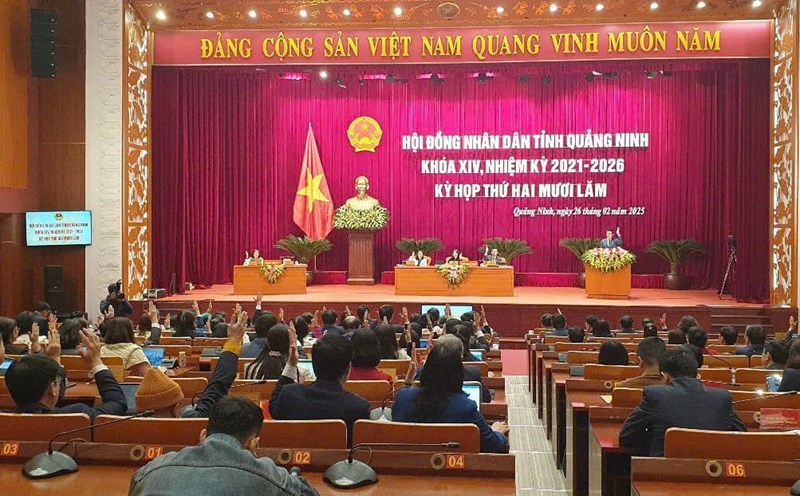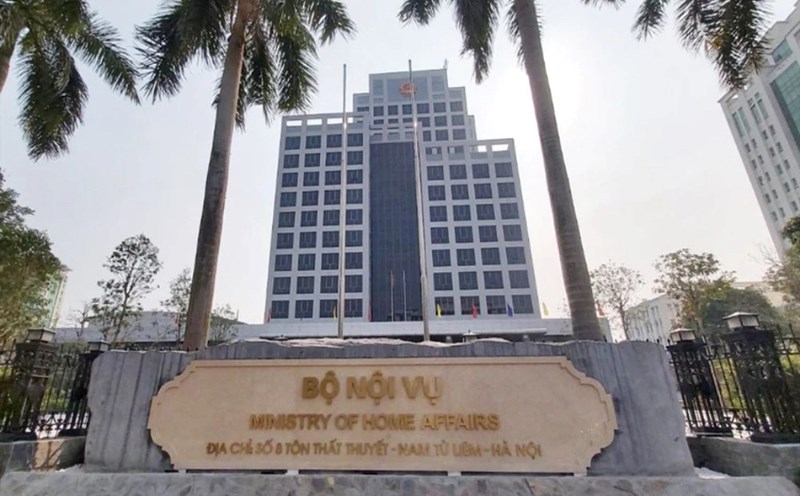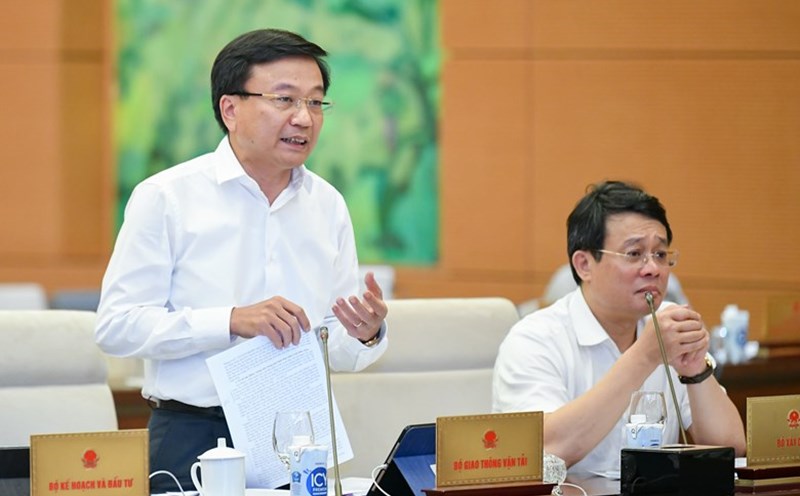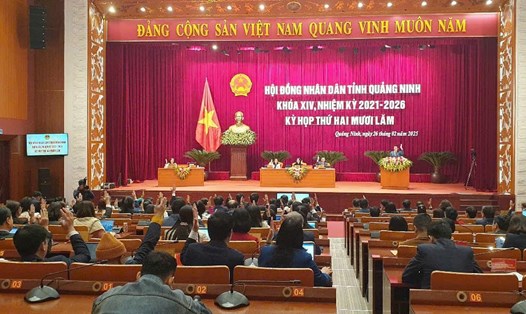The project is built in the Bank Hill Residential Area in Hong Hai and Cao Thang wards (Ha Long city) on an area of 25,900m2, of which the project is nearly 13,000m2 wide, the technical infrastructure is nearly 9,000m2, the remaining area is landscape and green premises.
The project is designed with 3 apartment buildings, of which 2 are 19-storey (G1, G2); the remaining building is 17-storey (G3), with a total construction floor area of over 125,000m2.
The project has a total investment of nearly 1,400 billion VND from the capital contribution of 2 enterprises that are bid and selected according to the provisions of law. According to the plan, the completion schedule is in the first quarter of 2026, meeting the housing needs of about 4,000 people.
After more than 2 years of implementation, all 3 buildings G1 and G2 for low-income people and G3 for commercial buildings have completed the construction of rough items.
Currently, over 95% of the volume has been completed, contractors are focusing on implementing the construction of technical infrastructure items, interior construction and trial operation to ensure conditions to enter the acceptance and handover phase to the people.
The investor's completion of the social housing project of the Bank Hill Residential Area ahead of schedule is especially important in meeting the housing needs of low-income people and industrial park workers; concretizing the policies and directions of the Provincial Party Committee and the Provincial People's Council on implementing the development of social housing and housing for low-income people in the province.
From now until 2030, Quang Ninh has planned and arranged more than 660 hectares to implement 15 social housing projects, with about 18,000 apartments mainly in the areas: Ha Long, Cam Pha and Quang Yen.
The above land fund is located in central locations, with synchronous technical infrastructure and social infrastructure, ensuring convenient connections, meeting the needs and aspirations of housing among the people, helping workers settle down and work, attracting more high-quality workers, creating abundant human resources for socio-economic development activities.











